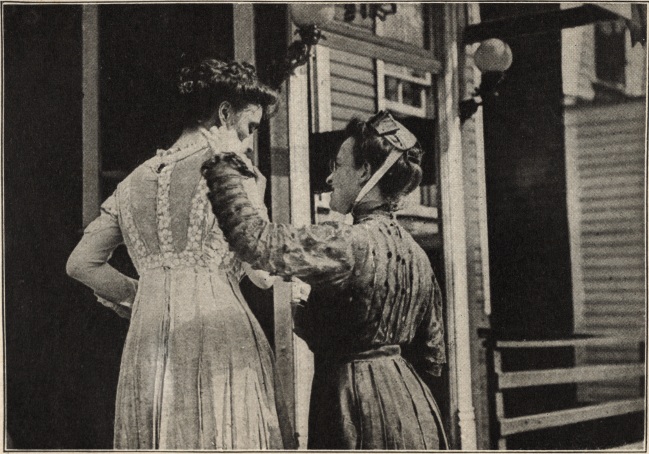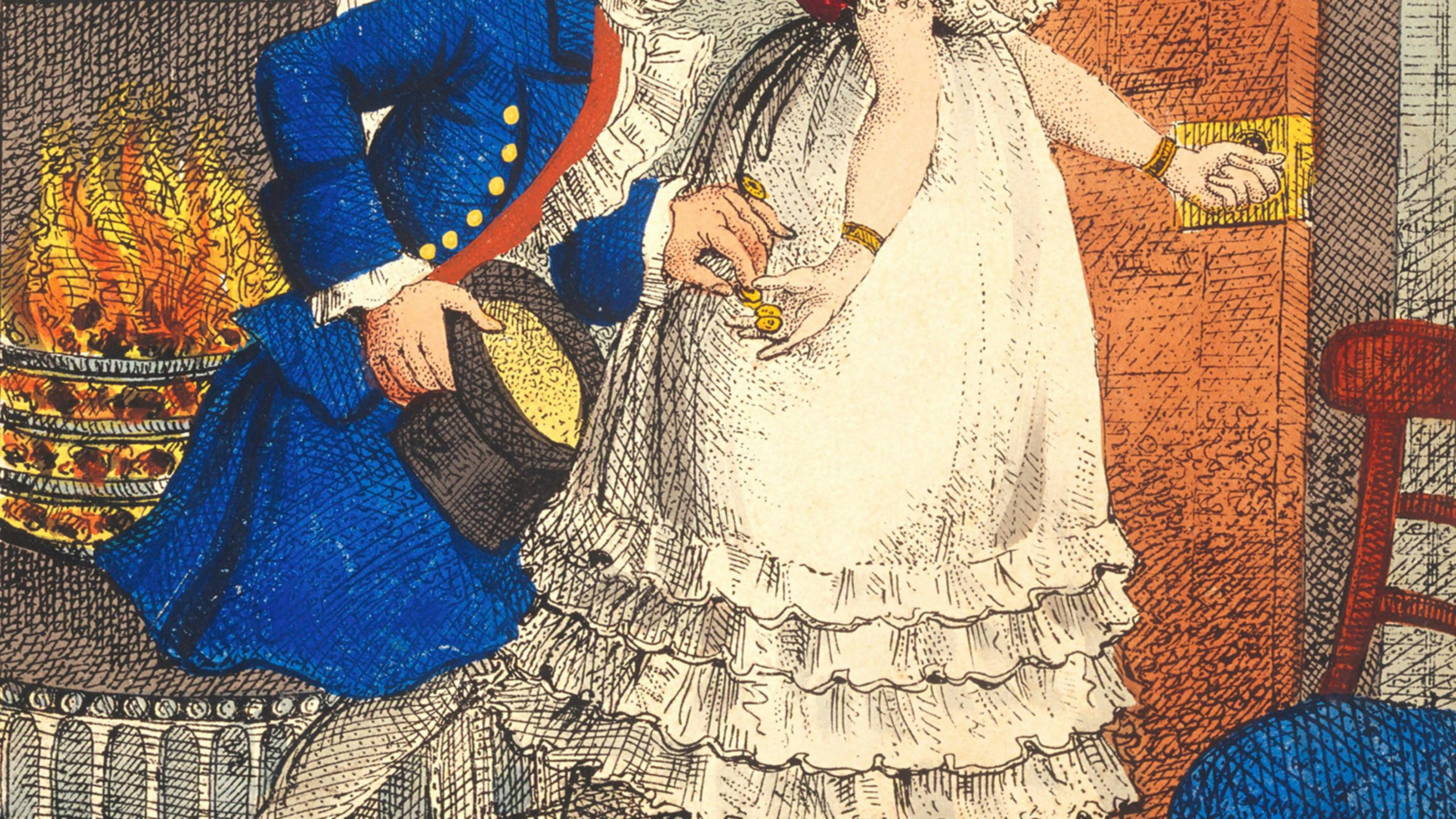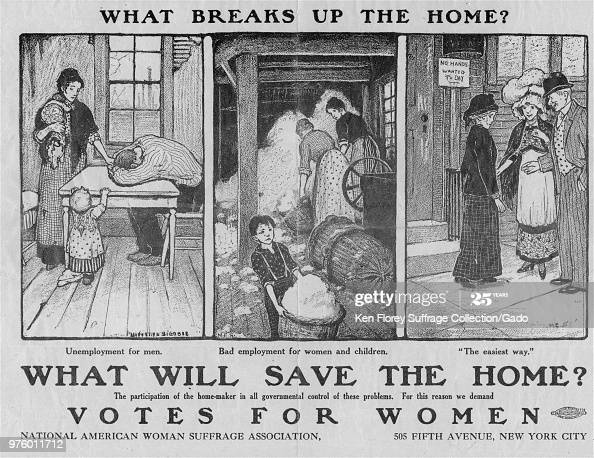Prostitution, the exchange of sexual services for financial or other forms of compensation, has a long and varied history. While it has often been stigmatized and criminalized, it has also played a significant role in many societies throughout history.
The earliest recorded instances of prostitution can be traced back to ancient civilizations in Mesopotamia, Egypt, and Greece. In these societies, prostitution was often seen as a necessary part of the social fabric, with temple prostitution being a common practice. Temple prostitutes, who were often slaves or lower-class women, provided sexual services to male worshippers as a form of religious devotion.
In ancient Rome, prostitution was a legal and socially accepted practice. Prostitutes, who were often slaves or freedwomen, worked in brothels or on the streets and were regulated by the state. Roman law recognized the legal status of prostitutes and provided them with certain protections.
During the Middle Ages, prostitution continued to be a socially accepted practice in Europe. In the cities of medieval Europe, brothels were a common sight and were often owned and operated by the church or the state. Prostitution was seen as a way to control the sexual behavior of men and prevent them from committing crimes, such as rape or adultery.
In the modern era, the history of prostitution becomes more complex. In the 19th and early 20th centuries, many Western countries began to criminalize prostitution, viewing it as a moral threat to society. This led to the establishment of vice districts, where prostitution was tolerated but heavily regulated.
In the latter half of the 20th century, the feminist movement and the sexual revolution brought about significant changes in attitudes towards prostitution. Some feminists saw prostitution as a form of exploitation and advocated for its abolition, while others saw it as a legitimate form of work and argued for its legalization.
Today, the legal status of prostitution varies widely around the world. Some countries, such as Sweden and Canada, have adopted the "Nordic model," which criminalizes the purchase of sexual services but not the sale of them. Other countries, such as Germany and the Netherlands, have legalized and regulated the industry. In still other countries, such as the United States, the legal status of prostitution is a patchwork, with different states having different laws.
In conclusion, the history of prostitution is a complex and multifaceted one. While it has often been stigmatized and criminalized, it has also played a significant role in many societies throughout history and continues to be a controversial issue today.







